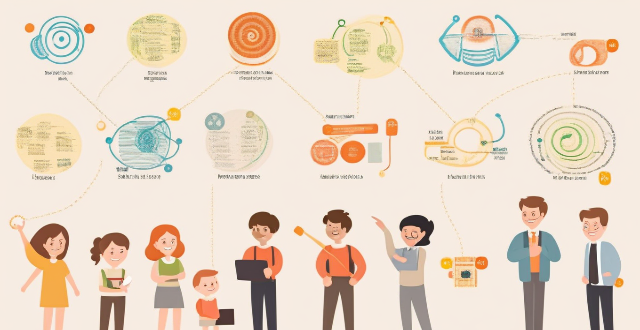To make climate education more engaging for students, educatorTo make climate education more engaging for students, educator methods, technology and multimedia integrate the subject across the curriculum, foster curiosity, and connect with local issues and opportunities.

How Can We Make Climate Education More Engaging for Students?
Engaging students in climate education is crucial to foster awareness, understanding, and action towards environmental sustainability. Here are some strategies to make climate education more captivating for students:
1. Incorporate Interactive Learning
*Real-World Applications*
- Connect abstract concepts with tangible examples from students' lives.
- Use case studies of real-world climate issues.
*Hands-On Activities*
- Conduct experiments that illustrate climate change effects.
- Organize field trips to natural environments or renewable energy sites.
2. Use Technology and Multimedia
*Virtual Reality and Simulations*
- Utilize VR to simulate climate scenarios or geological time scales.
- Run simulations that model climate systems and human impacts.
*Multimedia Presentations*
- Incorporate videos, infographics, and interactive websites.
- Create podcasts or video blogs on climate topics.
3. Promote Active Participation
*Discussion and Debate*
- Facilitate class discussions and debates on climate policies and innovations.
- Encourage students to share opinions and engage in respectful discourse.
*Project-Based Learning*
- Assign projects that require research and creative problem-solving.
- Foster collaboration through group projects addressing climate challenges.
4. Integrate Across Curriculum
*Cross-Disciplinary Approaches*
- Integrate climate education into science, social studies, and even arts classes.
- Teach the historical context of climate change alongside scientific concepts.
*Service Learning*
- Connect classroom learning with community service related to climate action.
- Partner with local organizations for hands-on environmental projects.
5. Foster a Culture of Curiosity
*Inquiry-Based Learning*
- Encourage students to ask questions and seek answers through research.
- Provide resources for self-directed learning and exploration.
*Critical Thinking*
- Teach students to analyze data and arguments related to climate change.
- Develop skills for evaluating information sources and making informed judgments.
6. Connect with Local Issues and Opportunities
*Community Engagement*
- Highlight local environmental issues and success stories.
- Collaborate with city councils or environmental groups for student input.
*Career Connections*
- Showcase careers in climate science, policy, and renewable energy.
- Arrange meetings with professionals working in these fields.
By employing these strategies, educators can create a dynamic and engaging climate education experience that not only informs but also inspires students to take action for a sustainable future.